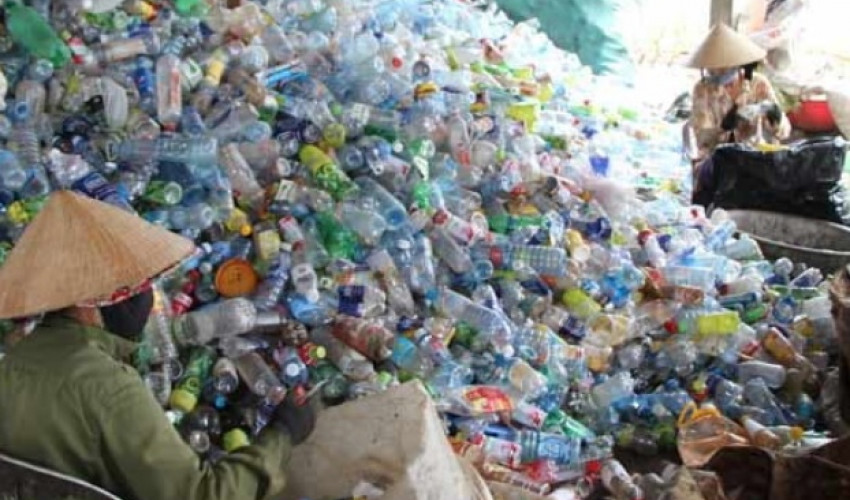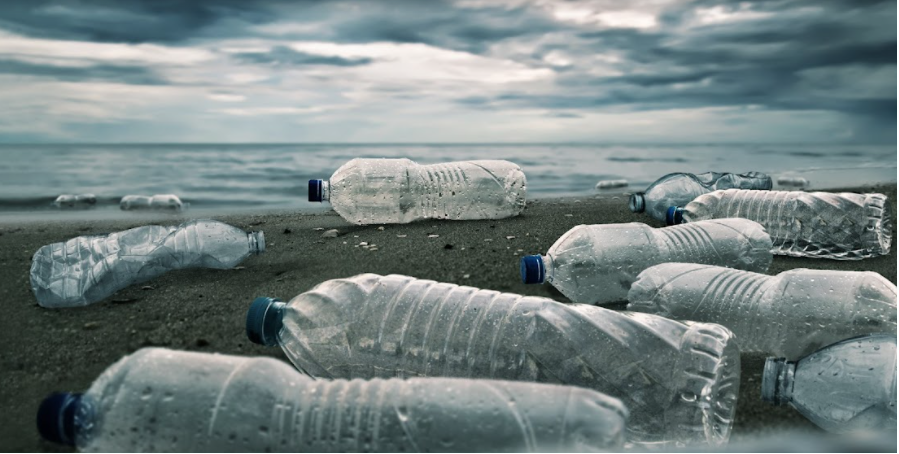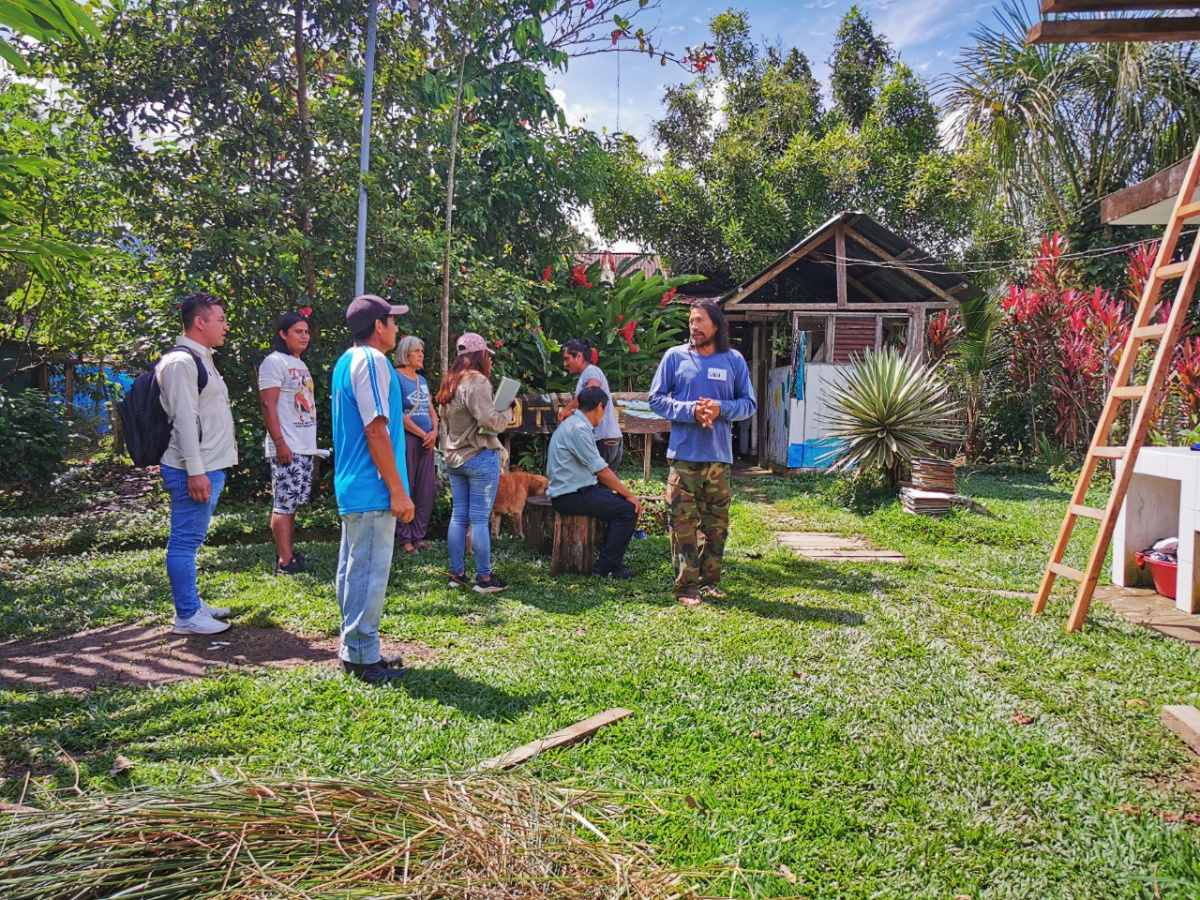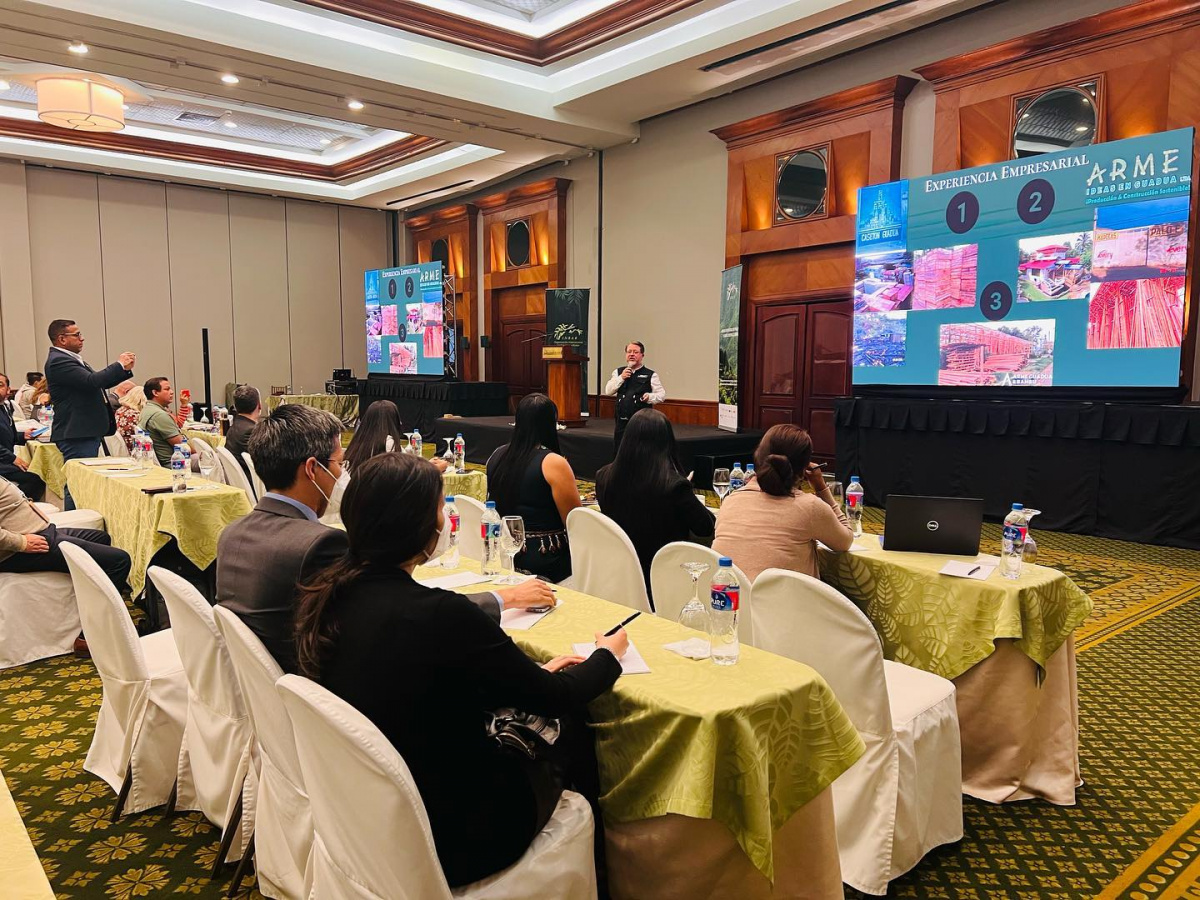GIS maps success in preventing plastic pollution: IUCN Marine Plastics and Coastal Communities modelling
Combining GIS, the positive outcomes achieved in Africa and Asia, and the stories of success behind them, IUCN Marine Plastics and Coastal Communities (MARPLASTICCs) presents its work tackling plastic pollution in the ocean.
The interactive map tool can be found here
What the MARPLASTICCs initiative did
The project prevented over 200 tons of plastic pollution from entering the ocean in Eastern and Southern Africa and Southeast Asia through its successful Circular Economy projects. In Kenya, Mozambique, South Africa, Thailand, and Viet Nam, MARPLASTICCs produced research on the many types of plastic pollution hotspots.
The primary goal of MARPLASTICCs was to ensure that governments and regional bodies would promote, enact and enforce legislation such as the Viet Nam Action Plan for Marine Plastic Waste Management for the Fisheries Sector, and other effective measures that contain and reduce marine plastic pollution.
How MARPLASTICCs achieved its positive results
The use of a set of tools and approaches, called the MARPLASTICCs Holistic Solution Package, is how the results were accomplished. The variety of tools and knowledge products that were built by the project provided direction to policymakers, manufacturers, and the waste management sector. Tools included the UNEP/IUCN National Guidance for Plastic Pollution Hotspotting and Shaping Action, assessments of plastic pollution, policy studies, circular economy models, private sector engagement, and economic guidance. This package is comprehensive and helps guide action across all aspects of the plastic pollution problem.
The drivers of change
Plastic pollution in the marine environment can be prevented. Our research indicated that Policy and Economic guidance are integral to addressing this complex problem, and highlighted why it is important to include these aspects into the approaches taken for the elimination of plastic pollution at the national level. In all five countries, MARPLASTICCs used in-depth analyses of regulatory tools such as Extended Producer Responsibility to identify gaps and facilitate the exchange of best practices. These analyses are being cross-linked with the on-going scientific and economic research to show how to intervene, and at which points, to generate the most effective actions.
The MARPLASTICCs Economic research showed the many negative effects of plastic pollution on the marine environment, including the entanglement of marine wildlife, toxicological effects via ingestion of plastics, and the introduction of invasive species, which causes significant ecological damage. The degradation and modification of marine and coastal systems causes negative socio-economic effects by affecting tourism, fisheries, shipping, human health, and damage to subsistence fisheries.
Changing economic approaches and policies will help to control plastic pollution, as awareness grows on its costs to countries. The potential cost of marine plastics to Mozambican national marine fisheries was found to be a range between MZN 50,000,000-846,745,000 (USD 780,000-13,000,000) per year. However, IUCN found that in South Africa, with a Deposit Refund scheme in place, every rand spent by Cape Town on cleaning beaches will avoid losses of R 749-793 (USD 48-50) for the tourism sector.
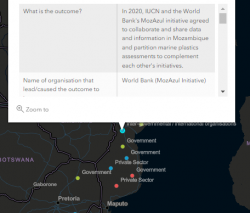 Photo: MARPLASTICCs
Photo: MARPLASTICCs
From 2017 to 2021, the Results and Outcomes of the MARPLASTICCs project have significantly improved the plastic pollution problem in all five countries, regionally, and globally. Scroll through the timeline map to see the increasing numbers of outcomes presented and click on an outcome “dot", like this one pictured, to learn more.
MARPLASTICCs models a successful plastics circular economy, ditching “Take-Make-Dispose” consumption that led to the plastic pollution problem
The MARPLASTICCs project demonstrated that solutions to the plastic pollution crisis are available, and to be effective, they need to address this issue from all angles: upstream with policy changes, better waste management planning, and improved circularity; and downstream with effective waste collection.
Driving change through informed decision making via multi-stakeholder dialogues has been the approach we have used to address the impact of plastic leaking into the marine environment. Sharing knowledge, building human capacity, informing and guiding policy, and engaging with businesses are the four pillars that IUCN uses to address the crisis at the critical points where interventions are needed most.” – Janaka De Silva, Senior Programme Officer, Global Marine and Polar Programme, IUCN
Continuing this work is imperative
From local and national actions like policy change, to supporting Extended Producer Responsibility, to funding regional incentive programmes and innovative circular economy projects, direct positive change is possible.
Together, we can turn the tide on marine plastic pollution. As COP26 has shown us, it is time for the world to invest in holistic solutions like those provided here by IUCN and the MARPLASTICCs project.
Governments, the private sector, philanthropists, development cooperation agencies, and NGOs can support the work of the IUCN Close the Plastic Tap Programme and our pioneering work with partnerships and funding to expand this work to additional countries in 2022 and beyond.
Acknowledgements and Support
This Story Map is an output from the Marine Plastics and Coastal Communities project (MARPLASTICCs), generously supported by the Swedish International Development Cooperation Agency (Sida).
For further information please email:
- Lynn Sorrentino, Marine Programme Officer, at Lynn.sorrentino@iucn.org
- plastics@IUCN.org
Other Resources

